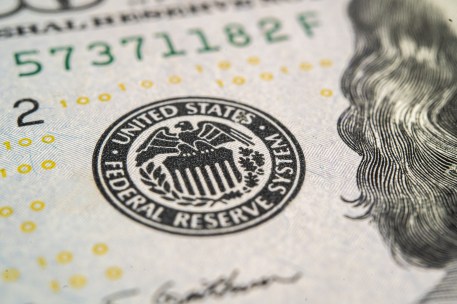The Federal Reserve reportedly may be getting close to ending the reduction of assets on its balance sheet, a quantitative tightening process that began in 2022 as the central bank sought to reverse the asset purchases it made to stimulate the economy during the pandemic.
Funding pressures in U.S. money markets and dwindling bank reserves held at the Federal Reserve suggest that the Fed’s unwinding of its portfolio may be close to an end, Bloomberg reported Tuesday (Oct. 7).
The report noted that the gap between the Secured Overnight Financing Rate and the effective fed funds rate is about the widest it has been since the end of last year, while bank reserves are down to their lowest level since January.
Fed Chair Jerome Powell said in September that bank reserve balances are getting closer to the minimum level needed to cushion against market disruptions, though they remain “abundant,” according to the report.
How much the Fed aims to tighten its balance sheet remains uncertain, the report said.
Fed Vice Chair for Supervision Michelle Bowman has said that the balance sheet should be as small as possible, while Powell has said the balance sheet runoff should stop when the reserves are near “ample,” per the report.
Advertisement: Scroll to Continue
The New York Federal Reserve said in June that the Federal Reserve’s System Open Market Account saw its net income decline for the second year in a row in 2024 and could see another drop in 2025.
The losses slowed in 2024, with SOMA net income being negative $74.7 billion that year after totaling negative $117.2 billion in 2023, a change the New York Fed attributed to a “sharp reduction” in overnight reverse purchase agreement interest expense that was partially offset by lower interest income from SOMA securities holdings.
SOMA contains dollar-denominated assets acquired through open market operations, which are used for collateral for liabilities on the Federal Reserve System’s balance sheet, a tool for the Fed’s management of reserve balances and for achieving its macroeconomic objectives.
Bloomberg reported at the time that the Fed began sustaining operating losses in late 2022 as policymakers raised rates to fight inflation.
